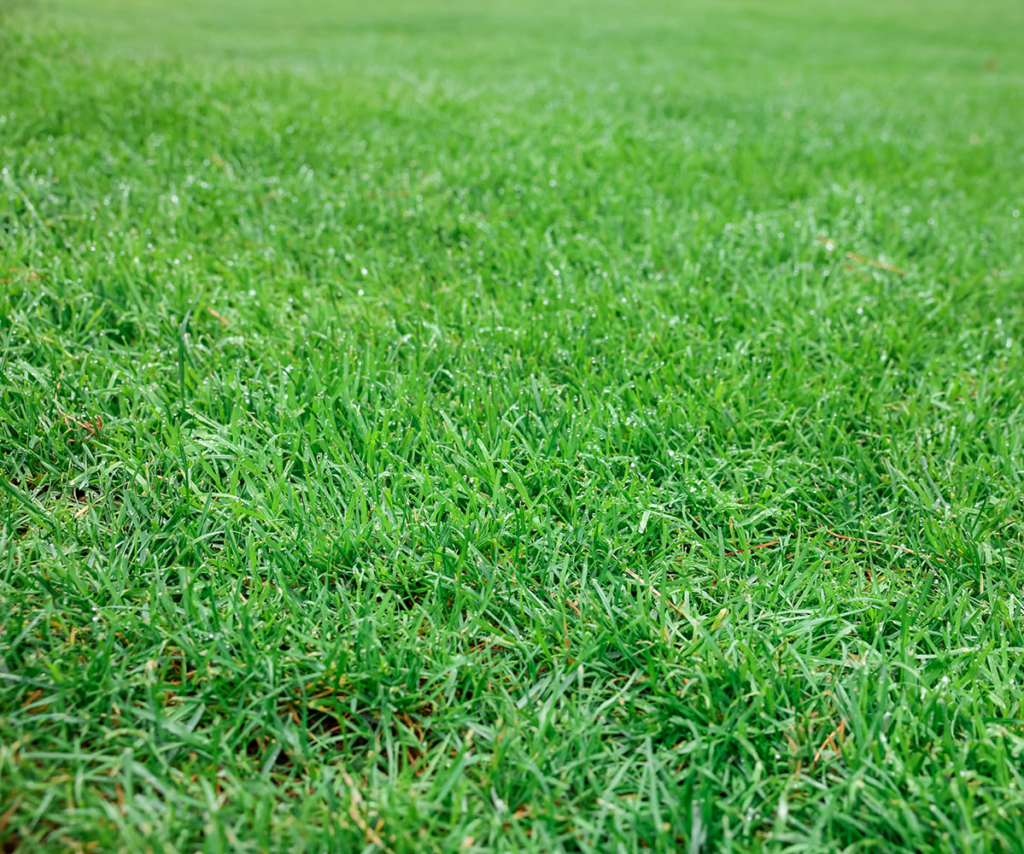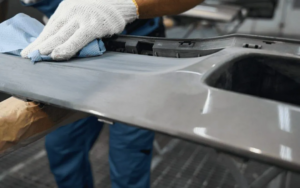Mowing the lawn might seem like a straightforward weekend chore, but there’s actually a right way—and a wrong way—to do it. Proper mowing techniques can make a huge difference in the health, appearance, and longevity of your lawn. A well-maintained lawn not only looks great but also helps prevent weeds, pests, and diseases from taking over.
If you want to keep your lawn in top condition, understanding the best mowing practices is essential. Here’s everything you need to know about mowing your lawn the right way.
Choosing the Right Mower for Your Lawn
Before you even start mowing, it’s important to have the right equipment. The type of mower you use should depend on your lawn size, grass type, and personal preference.
- Push Mowers: Ideal for small to medium-sized lawns, push mowers are affordable and easy to store. They require manual effort but give you better control over your cutting height.
- Self-Propelled Mowers: These are great for larger lawns, as they require less physical effort. They can handle uneven terrain better than push mowers.
- Ride-On Mowers: If you have a large property, a ride-on mower can save you a lot of time and effort. They’re powerful and efficient but require more storage space and maintenance.
- Electric vs Petrol Mowers: Electric mowers are quieter and more eco-friendly, while petrol mowers tend to be more powerful and can run longer without the need for charging.
Choosing the right mower for your needs will make mowing more efficient and ensure better results.
How Often Should You Mow?
How often you mow depends on several factors, including the season, weather, and type of grass in your yard.
- Warm-Season Grasses (e.g., Couch, Kikuyu, Buffalo): These grasses grow actively in spring and summer, meaning you may need to mow every week or even twice a week during peak growth periods.
- Cool-Season Grasses (e.g., Ryegrass, Fescue): These varieties grow more in autumn and spring but slow down in summer. Mowing every 7-10 days is usually sufficient.
- Winter Mowing: Most lawns go dormant or slow down significantly in winter. You may only need to mow once a month or even less, depending on how much growth occurs.
Regular mowing keeps your lawn looking neat and encourages stronger, healthier growth.
The One-Third Rule: How Much Should You Cut?

One of the most important lawn mowing principles is the one-third rule. This means you should never remove more than one-third of the grass blade length in a single mow. Cutting too much at once can stress the grass, making it more vulnerable to pests, diseases, and drought.
For example, if your grass is 9cm tall, you should only cut it back to about 6cm. If your lawn has grown excessively tall, it’s best to cut it down gradually over multiple mowing sessions instead of scalping it in one go.
The Right Cutting Height for Your Lawn
Different grass types have different recommended mowing heights. Setting your mower at the right level ensures that your lawn stays healthy and lush.
- Couch Grass: 15-25mm
- Kikuyu Grass: 30-40mm
- Buffalo Grass: 40-50mm
- Ryegrass and Fescue: 40-50mm
Mowing too short can weaken the grass and expose the soil to weeds. Keeping your lawn slightly longer allows for deeper root growth, improving drought resistance.
Should You Leave Grass Clippings on the Lawn?
Many people bag and remove their clippings after mowing, but leaving them on the lawn—known as mulching—can actually benefit your grass.
Grass clippings break down quickly and return valuable nutrients to the soil, reducing the need for fertilisers. They also help retain moisture, particularly during hot months. However, if the clippings are too thick, rake them out evenly to avoid smothering the lawn.
The Best Time of Day to Mow
Mowing at the right time of day can prevent stress on your grass and give you the best results.
- Early Morning: Not ideal, as the grass is usually damp from dew, making it harder to get a clean cut and increasing the risk of disease.
- Midday: Avoid mowing during the hottest part of the day, as this can stress the grass and make it more susceptible to heat damage.
- Late Afternoon or Early Evening: The best time to mow is in the late afternoon or early evening when the sun is lower, and the grass has had time to dry out.
Mowing Patterns: Why Switching It Up Matters
Mowing in the same direction every time can lead to compacted soil and uneven grass growth. By alternating mowing patterns—going north-south one week and east-west the next—you encourage more upright growth and prevent the formation of ruts in the soil.
Avoid Mowing Wet Grass

It’s tempting to mow after a rainy spell, but cutting wet grass can lead to problems. Wet grass tends to clump together, clogging your mower and leaving an uneven finish. It can also compact the soil, making it harder for your lawn to absorb nutrients and water properly. If you must mow after rain, make sure the grass is as dry as possible before starting.
Sharpen Your Mower Blades Regularly
Dull mower blades tear the grass instead of cutting it cleanly, leading to ragged edges that turn brown and make your lawn more susceptible to disease. Sharpening your mower blades every few months ensures a cleaner cut and a healthier lawn.
Don’t Forget Lawn Edging
Mowing the lawn is just one part of the job. Trimming the edges of your lawn using a whipper snipper or edging tool creates a polished, professional look and prevents overgrown grass from creeping into garden beds or pathways.
Seasonal Lawn Care Adjustments
Mowing is just one part of maintaining a healthy lawn. Different seasons require different care strategies:
- Spring: Increase mowing frequency as growth picks up. Aerate the soil if needed.
- Summer: Keep your lawn slightly longer to improve drought tolerance. Water deeply but less frequently.
- Autumn: Gradually lower the mowing height as growth slows down.
- Winter: Reduce mowing frequency, but keep an eye out for weeds and remove fallen leaves to prevent fungal issues.
Final Thoughts: Mow Smart, Not Hard
Mowing isn’t just about keeping your lawn looking neat—it’s a crucial part of maintaining a healthy, thriving outdoor space. By following the right techniques, adjusting for the seasons, and using proper equipment, you can ensure your lawn remains lush and resilient all year round.
So, is there a right way to mow your lawn? Absolutely. With the right approach, you’ll enjoy a greener, healthier lawn that looks great and requires less maintenance in the long run.





